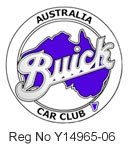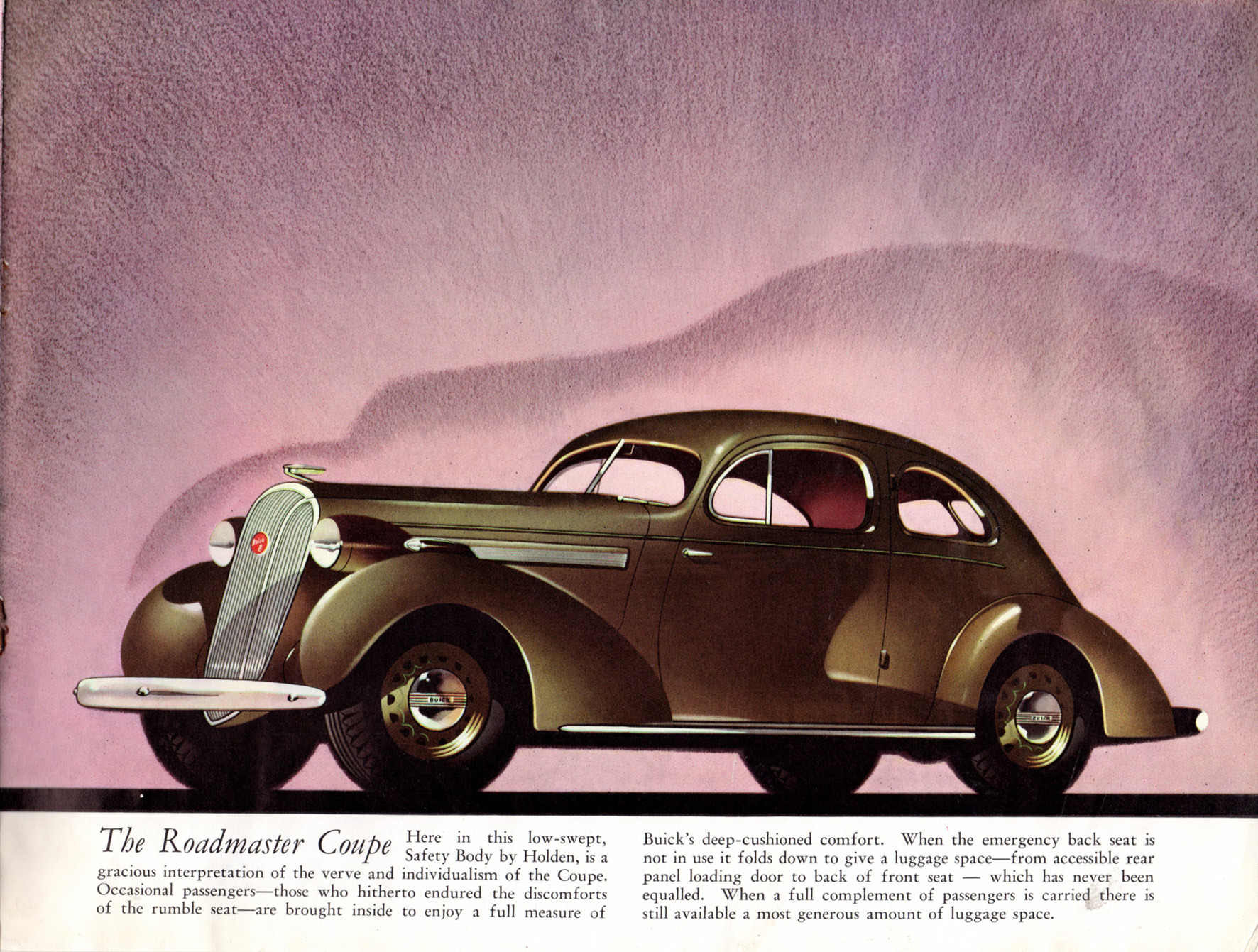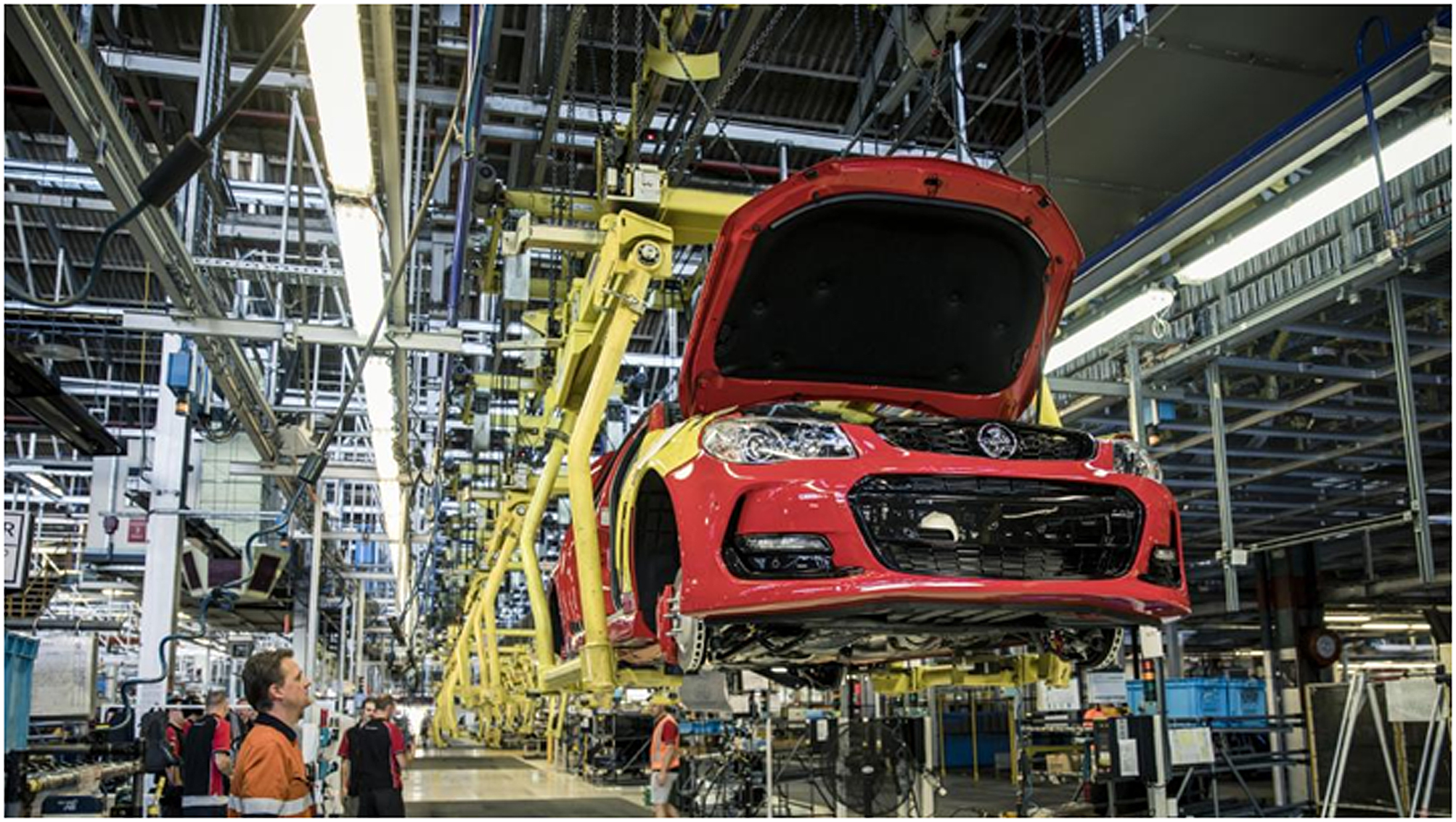Holden is Dead – Long live Holden
After the devastating announcement some years ago that General Motors was to stop manufacturing Holdens, the almost immediate reaction of Australians was to stop buying their products, it’s hardly surprising that General Motors would pull out of the Australian and New Zealand Markets.
What is surprising is the fact that General Motors is abandoning the right hand drive market altogether. G.M. pulled out of India last year. While G.M. had only a small presence in that market, it has the potential of becoming THE biggest r.h.d. market in the world, if China is any indicator. G.M. has sold its plant in Thailand, which produced Colorado and Trailblazer models, to the Chinese Great Wall company. The only South Korean manufactured product offered by Holden is the Trax, and presumably that will only continue in l.h.d for the American market. (Sold as the Buick Encore and Chevrolet Trax) The r.h.d. Arcadia and Equinox SUVs are produced in small numbers in Mexico. The announcement last year that Holden would no longer market the European sourced (from PSA,) Peugeot Citroen, was no surprise due to the small number being sold and probably the uncertainty of supply from a company outside G.M.
That said, G.M. has a long history in this country. The company was formed in Detroit in 1908 by William Crapo (Billy) Durant with Buick as its foundation stone. But even before that Cadillac, Oldsmobile and Buick had a presence in the infant Australian market. G.M recognised the value of the Australian market and very soon after the General Motors Export Company was organised in 1911, an office was set up the following year in Sydney, primarily to distribute Buick and Oakland. As state distributors were engaged, other marques followed, including Scripps Booth and Cartercar, neither of which made any impact either here or in the USA. Oldsmobile and Cadillac were along with Buick and Oakland, very successful in Australia. Later after Chevrolet and Vauxhall became part of G.M, they too became very successful in the local market.
At the height of WWI, the Australian Government, due to shipping shortages, forbade the importation of complete motor vehicles, but decreed that chassis units could be imported, this was later modified so one complete vehicle could be imported for every three chassis units. Fearing that he could not get bodies for his imported Dodge chassis, South Australian importer S.A. Cheney approached James Holden to go into the motor body building business. This is described in detail in Cheney’s autobiography “From Horse to Horsepower”. His idea was for a standardised body which would fit both Dodge and Buick. This is how Holden Motor Body Builders came into being in 1917. They were successful in that endeavour and produced bodies for Buick Dodge and other vehicles. In 1923, General Motors, fearing that Ford of Canada might purchase Holden Motor Body Builders, contracted with them for the supply of bodies for all G.M. vehicles.
A new company was formed in 1926, General Motors (Aust) Pty. Ltd., G.M.A., took over the distribution of all G.M. marques, abandoning the state distributors. The company built assembly plants in the mainland Capitals to assemble the Holden built bodies onto G.M. chassis units.
However, all was not rosy. The Great Depression starting in Australia in1928 when Britain discontinued her imports of Australian wool and wheat, saw a drop in motor vehicle sales from that year. By 1931, the depression had hit motor vehicle sales to the extent that Holden Motor Body Builders was no longer viable. G.M.A., not wanting to lose their body manufacturing facility, formed a partnership with H.M.B.B. to form General Motors Holdens Limited. (All Australian shares were preference shares and were subsequently purchased by the company).
As the depression loosened its grip on the country, Holden built bodies began to differ from the home market models and unique bodies such as utilities and all enclosed coupes (sloper) were developed here. In this period prior to WWII, there was speculation that an Australian car could be developed. The war period saw G.M.H. make a huge contribution to the Allied war effort and in the process develop the technology necessary to produce a totally Australian car.
The post war period was a period of turmoil in the automotive industry. Dollar shortages dictated that USA sourced vehicles were severely restricted by the government. This meant the withdrawal of Cadillac (not imported by G.M.H. post war, Buick (1948) and Oldsmobile (1951).
The development and success story of the Holden marque has been well documented and does not need to be repeated here, other than to note the withdrawal of the Chevrolet and Pontiac marques from this market after the 1968 model year. This was due to Holden moving into that market segment. Vauxhall was withdrawn in 1967 when the Viva was rebadged Holden Torana. The Torana was subsequently redeveloped as a totally Australian car.
As the Australian market developed and there was more Government interference, Holden found it necessary to import vehicles from overseas and badge them as Holden in order to cover more market segments. They even shared complete cars and engines with other local manufacturers, such as Nissan and Toyota. Vehicles were imported from within the G.M. family, mainly Opel, and from joint venture partners such as Isuzu and Suzuki. G.M. no longer has any financial connection to any of those companies.
Holden’s connection to motorsport has been legendary, going back many years, both directly and through the Holden Dealer Team.
Enthusiasts will continue to support their particular G.M. brands as well as all the Australian produced Holden models from the 48/215 to the VFII and the specialty HDT and HSV vehicles. They will remain part of Australia’s motoring heritage.
Eric North




